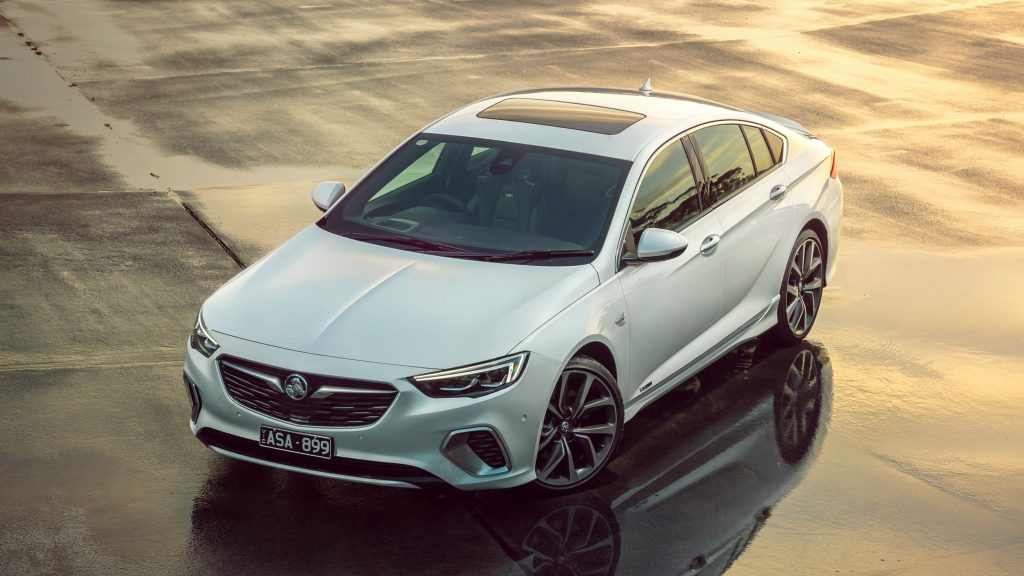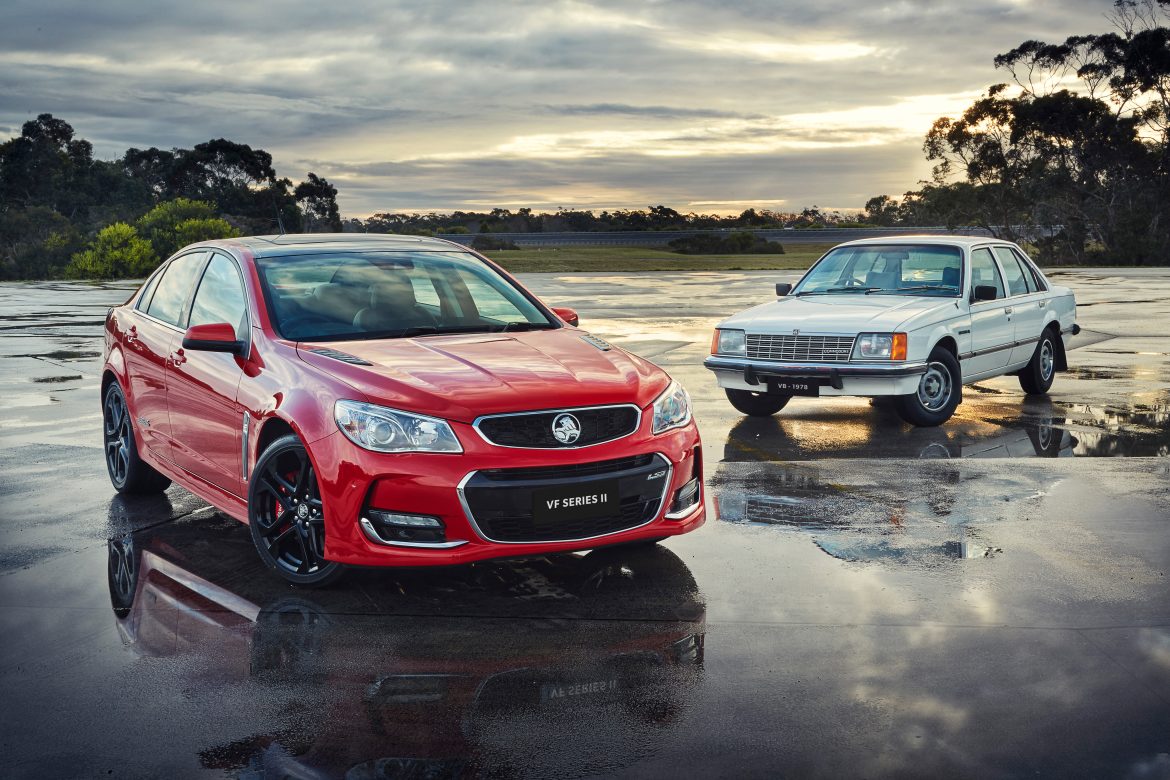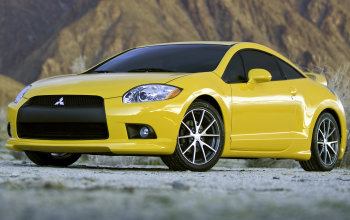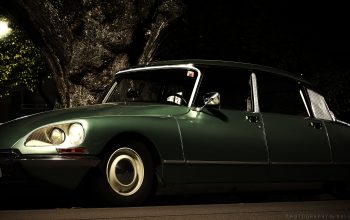Holden and Ford were staples of the Australian manufacturing scene. Now that they’re gone, let’s look back into some of the highlights.
Australia is an innovative automotive landscape. The country set the template for the utility vehicle and is responsible for the subsequent growth of the ‘ute’ segment into the now-booming dual-cab ute category.
Holden began as a company in 1856 dedicated to the manufacturing of saddles and was based in Adelaide, the capital of South Australia. In 1908, it moved to the automotive industry and was acquired by General Motors (GM) in 1931. The production of their first car, the 48-215, known also as simply the ‘Holden’, and the ‘FX’ after the suspension it used, was delayed after World War II broke out, with the company shifting its focus to vehicle bodies, field guns, aircraft, and engines.
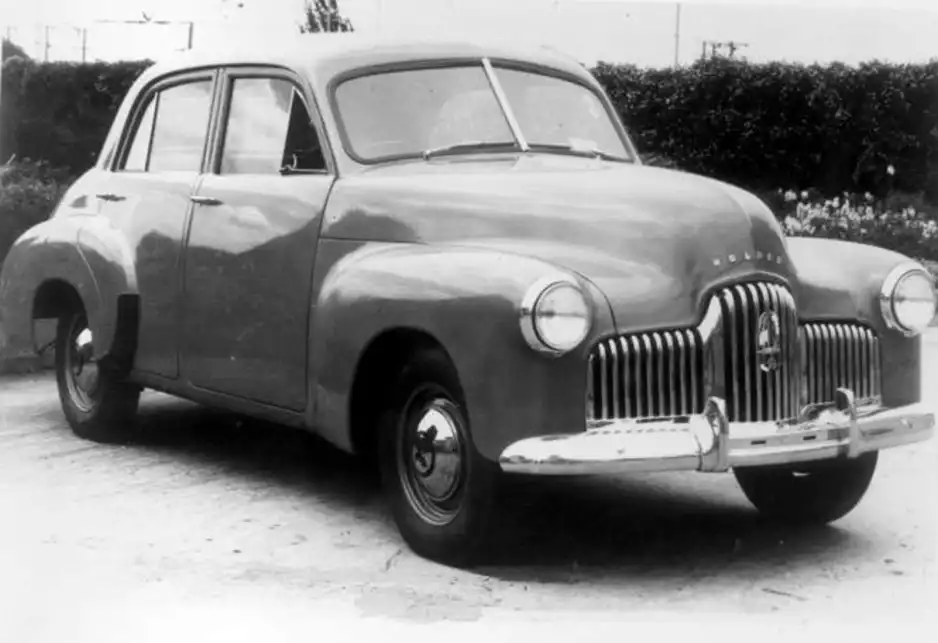
Holden’s best-sellers began with the assembly of the 1964 Vauxhall Viva, a compact British coupe that was soon superseded by the well-known Holden Torana in 1967. The ‘FX’ and every subsequent model evolved into the HK, which featured Holden’s first V8. The HK not only was a sedan but was available as a longer-wheelbase model known as the Brougham, and a two-door coupe, known famously as the Monaro. The Holden Special (the top trim for the ‘FX’ and every subsequent model) became the Holden Kingswood, and the Holden Standard (the base model) became the Holden Belmont.
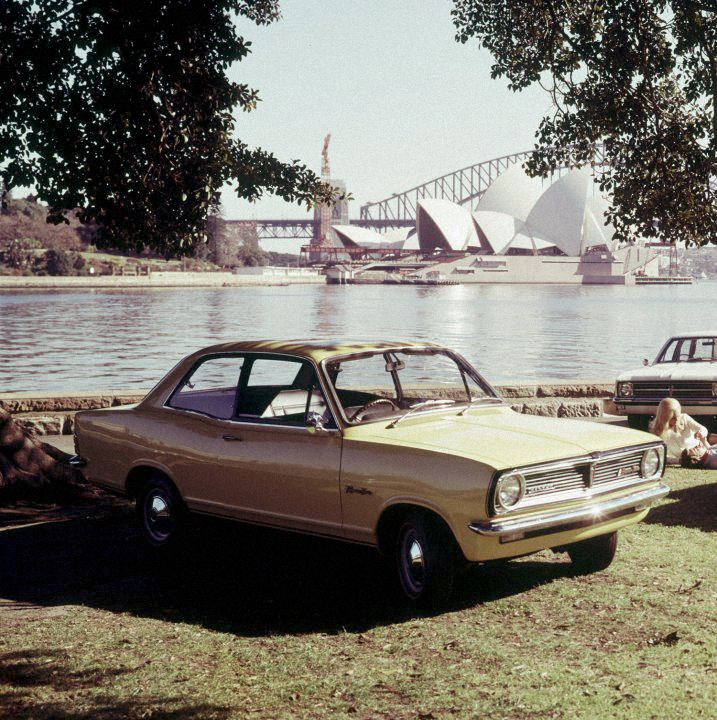
In 1969, Holden’s first in-house V8 debuted in the Hurricane concept car, a car the manufacturer described as a research vehicle. The car did not feature conventional doors – instead, it had a hydraulically powered canopy that swung forward over the front wheels. Additionally, the concept sported Pathfinder, a system that utilised magnetic signals built into the road to guide the driver, as well as digital instruments, and a rear-view camera. This 5.0 litre V8 was soon after thrown into the update for the HK, the HT.
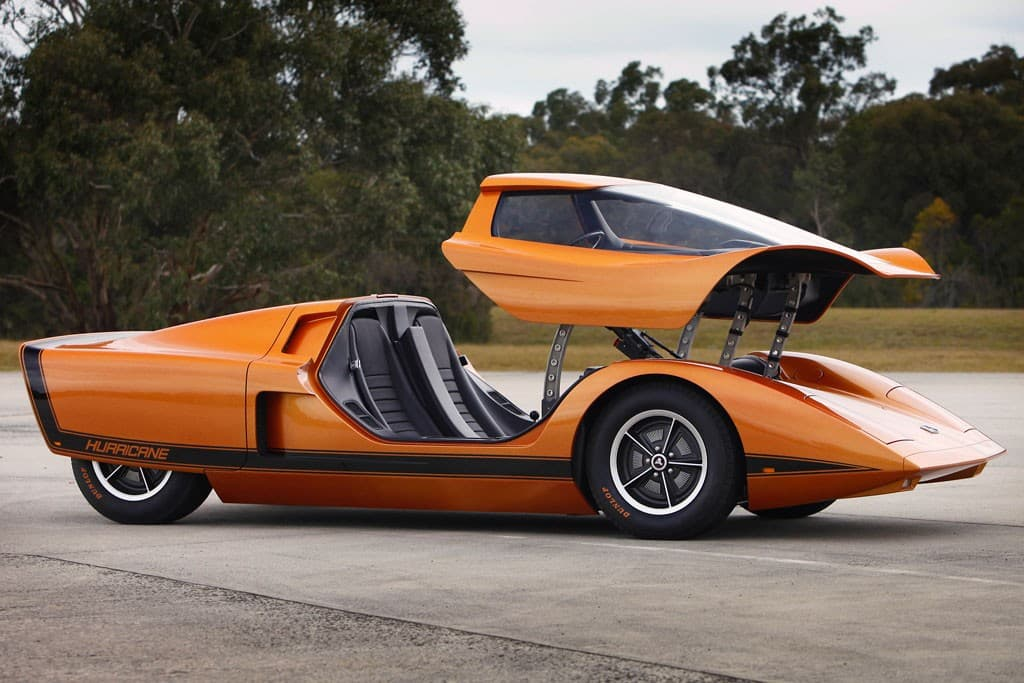
The HT’s replacement, the HQ, featured a unibody construction for the first time, as well as coil suspension all-round and an extended wheelbase for the station wagon models.
In 1978, Holden’s best-selling car, the Commodore, was launched. The first-generation VB was loosely based on the Opel Rekord E, with a longer front end than the Opel to accommodate the larger six- and eight-cylinder engines. The Holden Torana was discontinued in 1979.
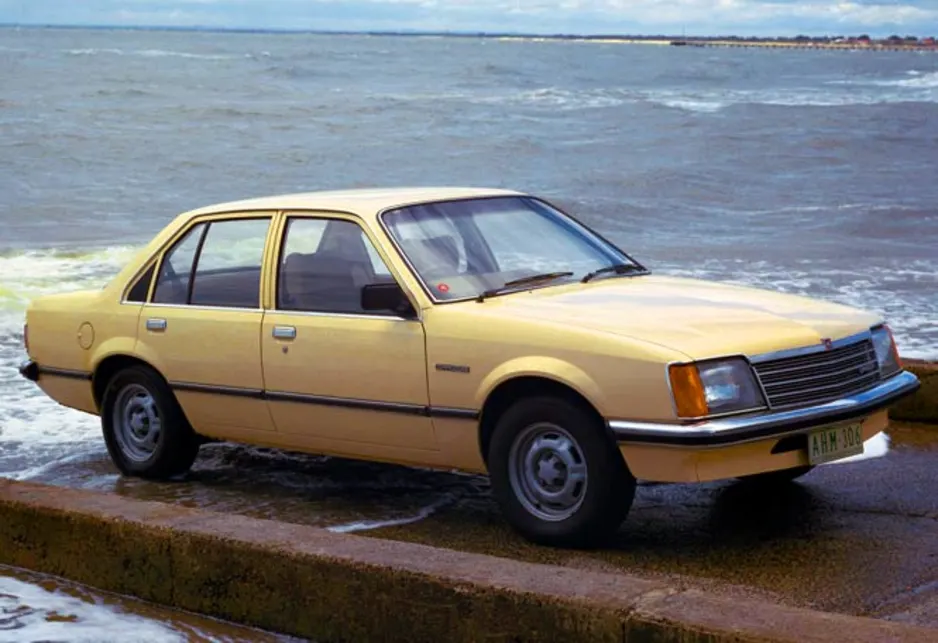
The 1980s began with the Isuzu-sourced Holden Rodeo, as a slow removal of Bedford-sourced commercial vehicles and the transition to Isuzus. For the first time ever, the Commodore was outsold by the Ford Falcon as a result of the 1979 Australian energy crisis. Over the decade, two assembly plants were closed as a result of a loss of profits, and the decision to utilise a Japanese-made transmission.
In the 90s, Holden reintroduced the Statesman title for both a Statesman and Caprice. The high-selling VT was introduced in 1997 as a highly evolved Commodore which was part of a $600 million AUD development program. The Holden Astra, designed to replace the Toyota-sourced Holden Nova and Apollo, was launched.
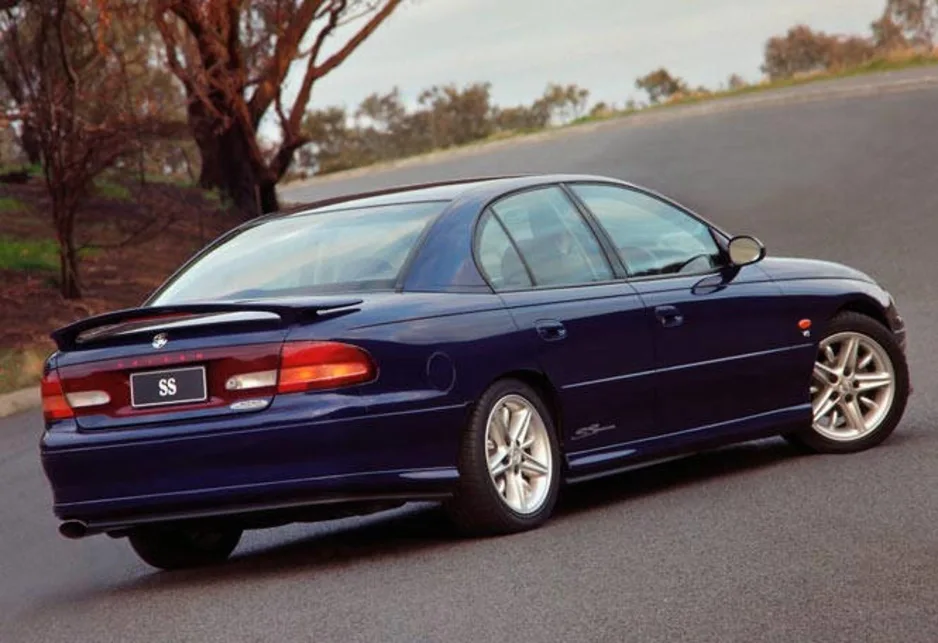
The beginning of the new millennium saw the beginning of the downfall of the brand. The Monaro returned as a low volume model, exporting to the US as the Pontiac GTO and to the UK as the Vauxhall Monaro VXR8. The clean-sheet VE was released in 2006, as part of the $1 billion AUD development of the GM Zeta Platform. However, these brand-new cars resulted in a loss of market share by 15.3 percent over 6 years. The Rodeo name rights were lost and so the car was facelifted and brought back as the Colorado. The Captiva crossover was launched in 2006, to mediocre sales until its death in 2017.
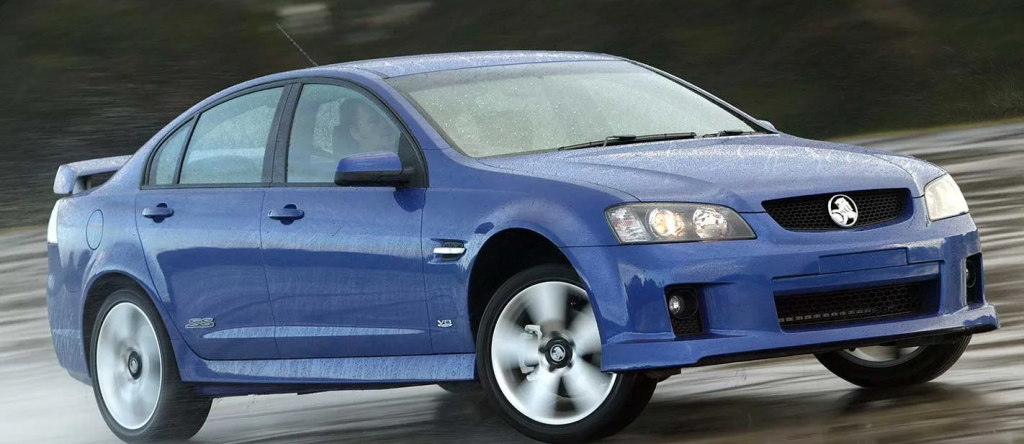
As the 2010s began, Holden began earning subsidies from the government, as they soon realised that they were losing money on every car they built. In 2012, Holden was given a lifeline of $270 million, as a promise that they would invest $1 billion into car manufacturing in Australia, estimating that the package would return $4 billion and that GM Holden would continue to build cars until at least 2022. However, December of 2013 saw General Motors’ announcement that Holden would cease all local production by the end of 2017. The VF Commodore, the final Aussie Commodore, began production from 2013 until 2017. The final VF II Commodore rolled off the Elizabeth production line on the 19th of October 2017.
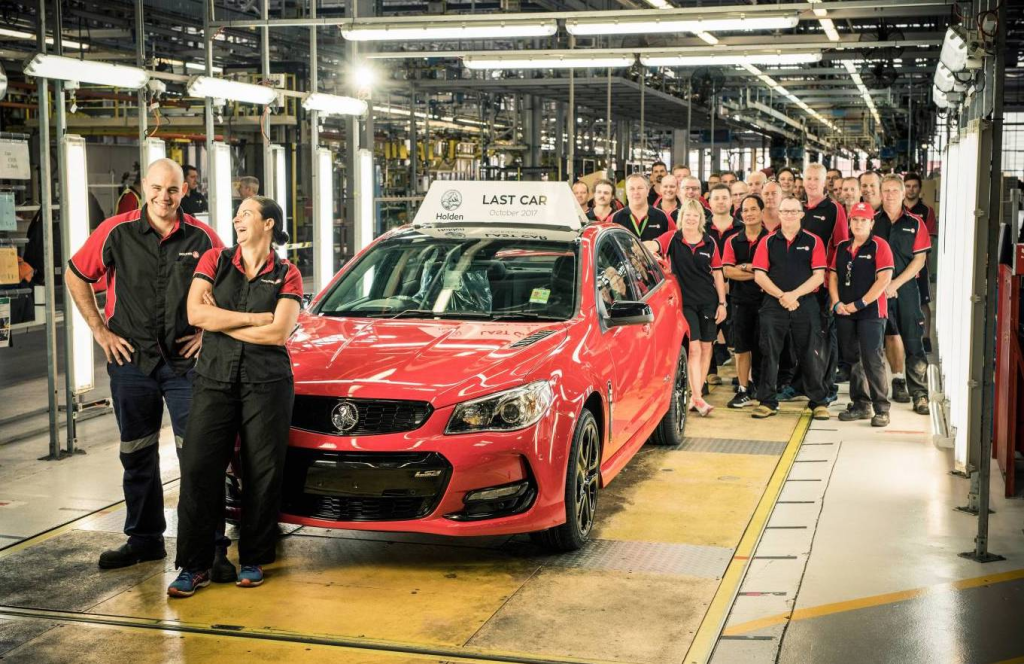
Holden would then only sell pre-existing cars until 2020. The ZB, an Opel-derived import, would attempt to bring in more customers to no avail. Holden ceased to exist as a brand at the end of 2020.
